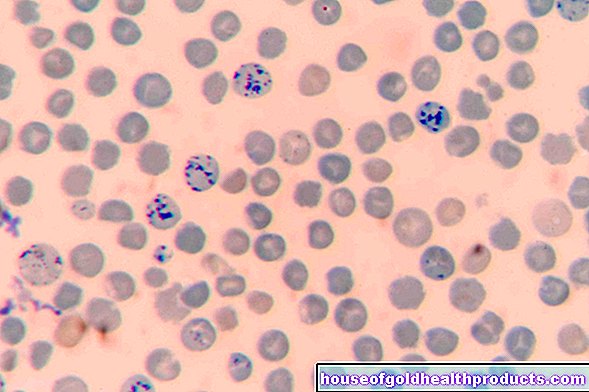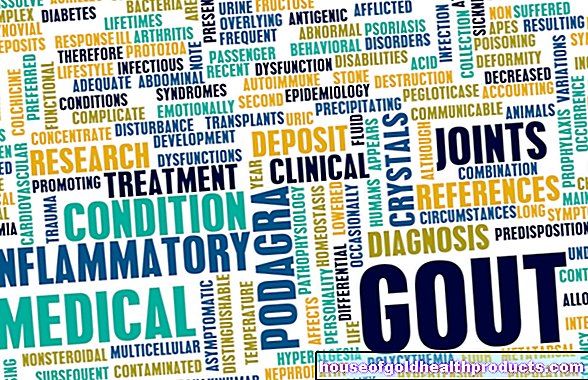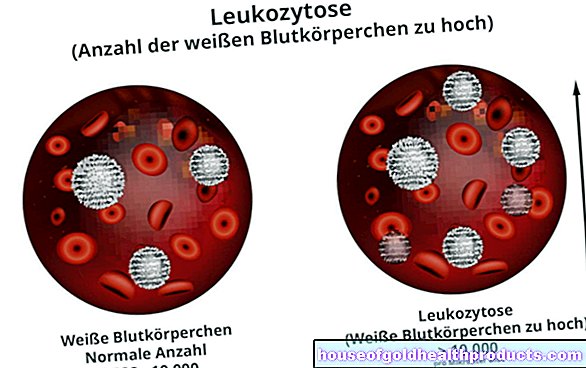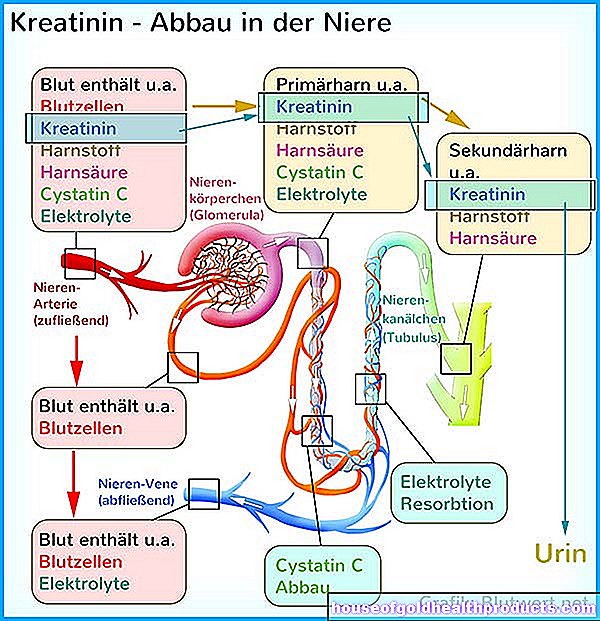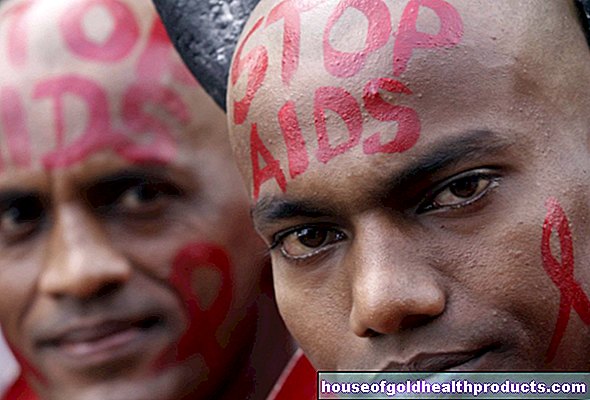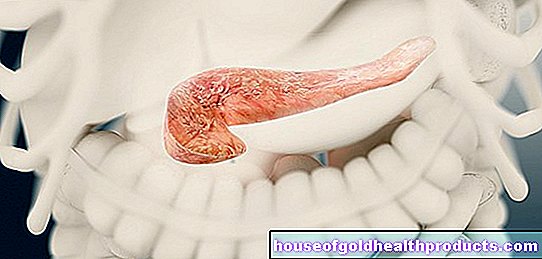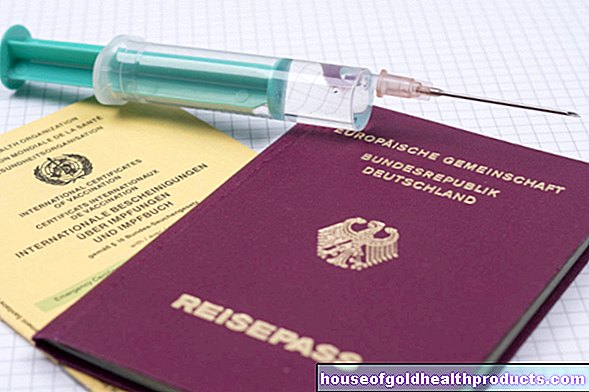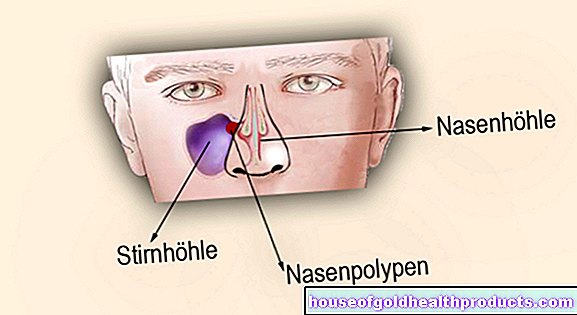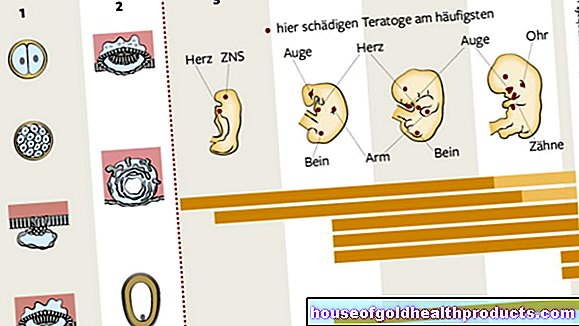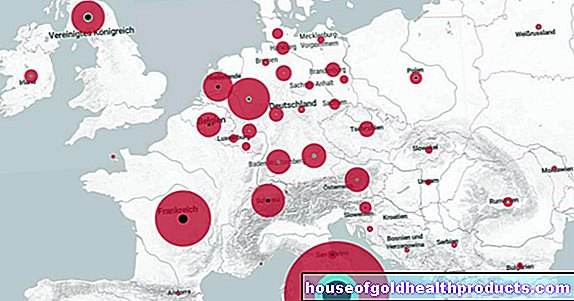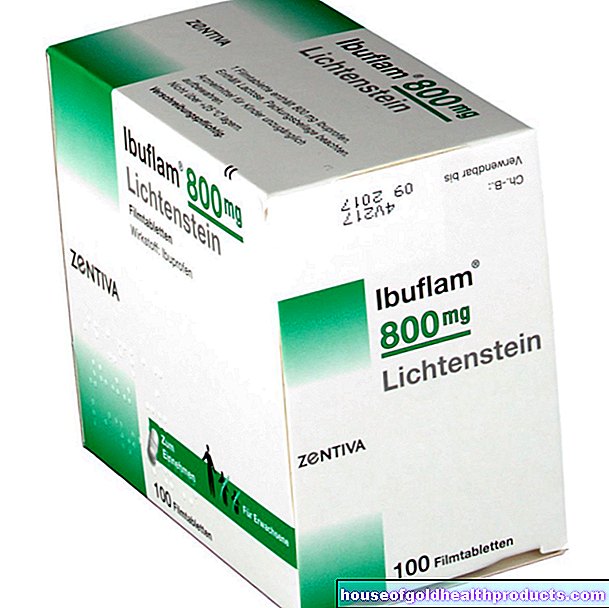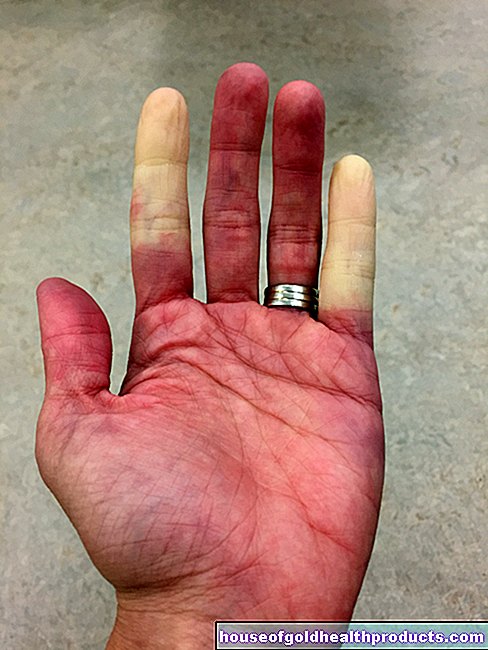Half of heart attacks are silent
All content is checked by medical journalists.Almost every second heart attack is "silent", so it is not really noticeable. Nevertheless, they are at least as dangerous as heart attacks with typical symptoms. Recognizing the subtle signs can therefore save lives.
Sudden pressure in the chest area, shortness of breath or pain that radiates into the back, shoulder or especially the left arm - these warning signals classically point to a heart attack. But only around half of heart attack patients have these clear symptoms. In the other half, the heart attack is silent - that is, with no or only very subtle symptoms.
This was shown by a US study in which Dr. Eldayed Soliman and his research team at the Wake Forest Baptist Medical Center evaluated the data from nearly 9,500 Americans. The subjects' heart health had been tracked for several years. The investigation showed: During this period, over 700 people suffered a heart attack - 317 of them a silent one. This means that 45 percent of the heart attacks were not noticeable by the typical signs.
Men more often affected
In silent heart attacks, just like in "normal" heart attacks, one or more blood vessels close so that the heart muscle is no longer adequately supplied with oxygen. As a result, the affected tissue dies and the heart is permanently damaged. For example, it can no longer provide its full pumping capacity.
Even if more men had a silent heart attack, it was more often fatal in women. In the long term, silent heart attacks triple the risk of dying from a heart condition, the researchers said.
More attention when there is a high risk of heart attack
Silent heart attacks are no less dangerous than the variant that is more noticeable. At least some of the silent heart attacks are warning signals to watch out for. For example, those affected complain of persistent tiredness, malaise, indigestion, pain that resembles a muscle strain or slight pain in the chest, upper abdomen, jaw, back or arms.
Especially people who meet several risk factors for a heart attack should pay attention to these symptoms. Obesity, smoking, high blood pressure or diabetes, for example, increase the likelihood of a vascular occlusion - whether silent or not. If people at risk have unspecific symptoms, it is time to see a doctor! They can make a final diagnosis using an electrocardiogram (EKG), which records heart activity.
Because only a recognized silent heart attack can be treated appropriately over the long term. Just like "normal" heart attack patients, patients must take special care of themselves. That means: stop smoking, exercise regularly, watch your weight and keep cholesterol and blood pressure values in the normal range. (vv)
Sources:
Zhang, Z-M. et al. 2016. Race and Sex Differences in the Incidence and Prognostic Significance of Silent Myocardial Infarction in the Atherosclerosis Risk in Communities (ARIC) Study. CIRCULATION. DOI: 10.1161 / CIRCULATIONAHA.115.021177
American Heart Association. Silent Heart Attack: Symptoms, Risks.Access: May 18, 2016
Tags: womenshealth tcm hospital